Introduction
Hair is more than just an aesthetic feature—it reflects overall health. This guide provides 14 proven strategies to stimulate hair growth, reduce breakage, and maintain stronger, healthier strands.
1. Minimize Heat Damage
Excessive heat styling weakens hair. Use a heat protectant spray, choose the lowest temperature setting, and minimize heat exposure to prevent hair damage.

2. Handle Wet Hair with Care
Wet hair is fragile and prone to breakage. Instead of brushing wet hair, use a wide-tooth comb to detangle gently. Let hair air-dry or use a low-heat drying method.

3. Be Cautious with Hair Coloring
Chemical treatments like bleaching and perming can weaken hair. Opt for shades close to your natural color and apply heat protectants when styling.
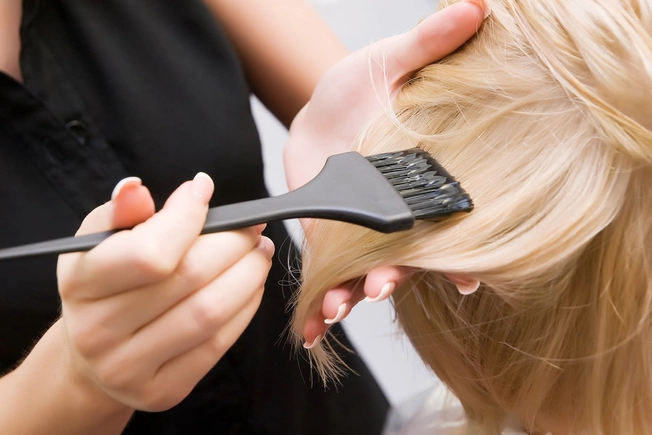
4. Consider Medications
Some medications can aid hair growth, such as minoxidil, which helps slow hair loss. Prescription options include spironolactone and finasteride, but consult a doctor before use.

5. Trim Your Hair Regularly
Trimming split ends prevents breakage from traveling up the hair shaft. A slight trim (¼ inch) every three months keeps hair healthy and helps maintain length.
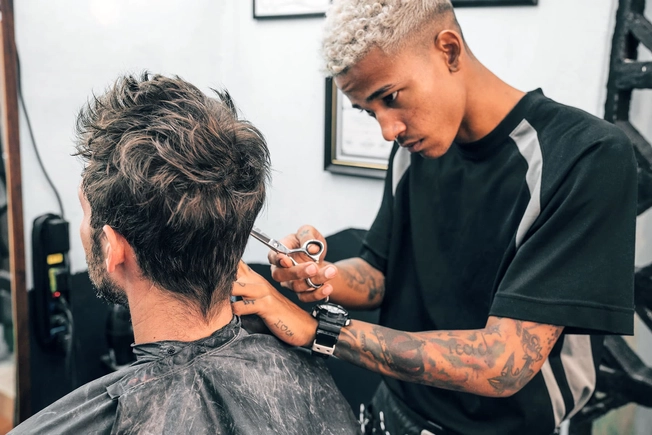
6. Manage Stress Levels
High-stress levels can push hair follicles into a resting phase, leading to hair thinning. Engage in stress-reducing activities like exercise, meditation, and proper sleep.

7. Be Gentle with Fragile Hair
Certain hair types, such as Black hair, require extra care. Avoid overwashing (once a week or biweekly is ideal) and nourish hair with hot oil treatments to maintain moisture and strength.

8. Avoid Tight Hairstyles
Tight ponytails, braids, or weaves can stress the scalp and hair follicles, causing hair thinning. Opt for loose hairstyles and avoid prolonged tension on your hair.
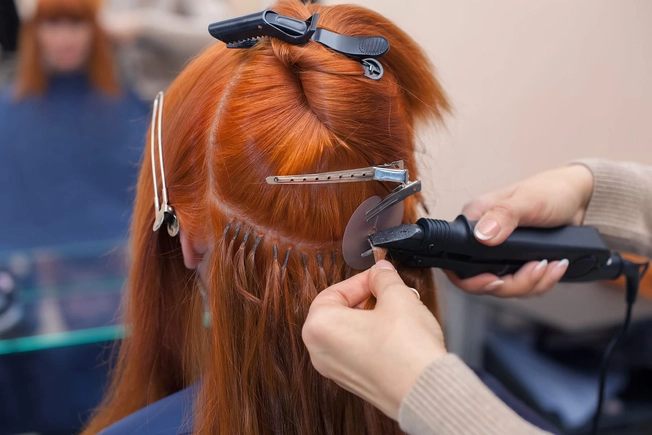
9. Use Conditioner After Every Wash
Conditioner helps repair hair, protect against UV damage, and improve manageability. Apply it to the ends of fine hair to prevent weighing it down, and coat the tips of curly or textured hair for extra nourishment.
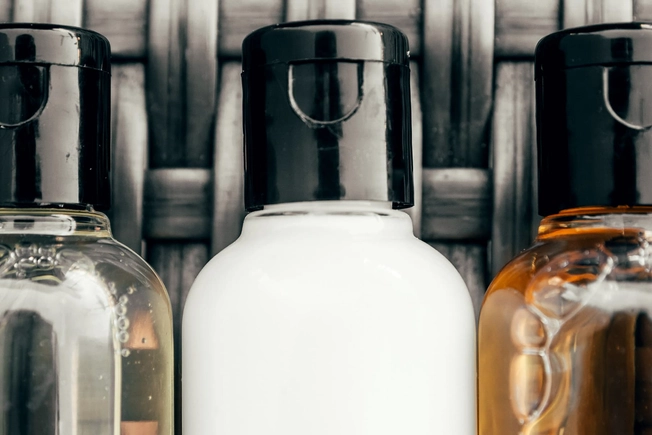
10. Maintain a Balanced Diet
Sudden weight loss or poor nutrition can affect hair health. Ensure your diet includes adequate B vitamins, vitamin D, zinc, omega-3 fatty acids, and biotin to support hair growth.

11. Sleep on Satin
Cotton pillowcases create friction, leading to breakage. Use a satin pillowcase or a satin sleep cap to protect hair overnight.

12. Massage Your Scalp
Scalp massages improve blood circulation, stimulating hair follicles. Try massaging your scalp for a few minutes daily with your fingertips to encourage hair growth.
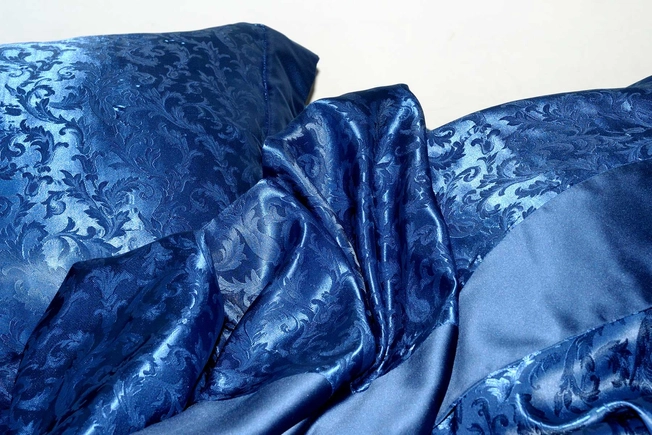
13. Try Microneedling
Microneedling uses tiny needles to create micro-punctures in the scalp, improving the absorption of hair growth treatments like minoxidil. Consult a dermatologist before trying this method.
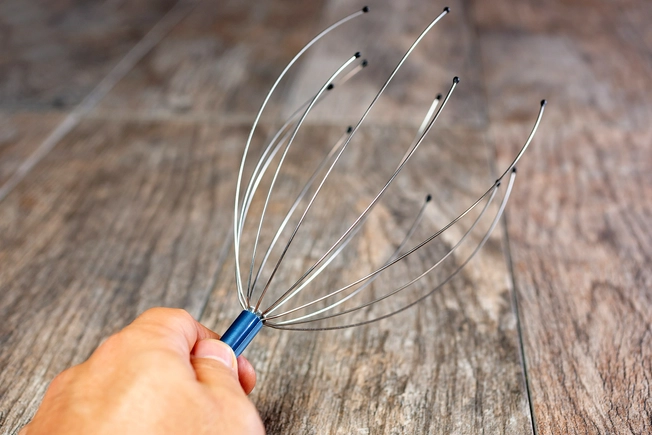
14. Explore Hair Follicle Stem Cell Research
Emerging studies suggest that stem cells in hair follicles play a crucial role in hair regeneration. Scientists are working on methods to activate these cells for hair regrowth, offering potential future treatments for hair loss.
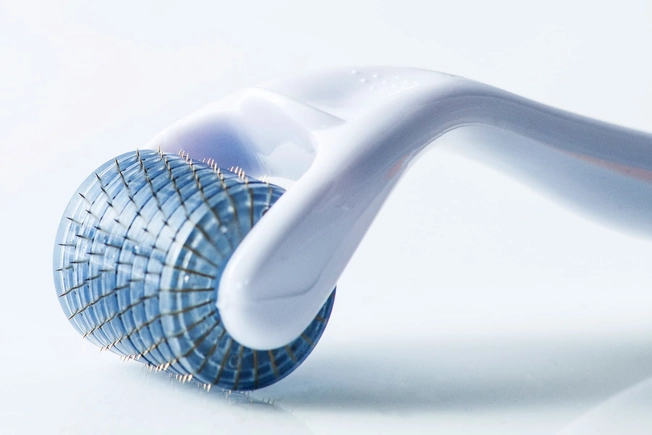
Conclusion
Adopting these hair care strategies can help minimize breakage, promote hair growth, and maintain stronger, healthier locks. By combining proper nutrition, stress management, and gentle hair care techniques, you can achieve vibrant, resilient hair.
Hyperlink References
- Heat Protectant: Healthline Guide
- Wide-Tooth Comb: Healthline Benefits
- Minoxidil: Mayo Clinic Description
- Spironolactone: WebMD Overview
- Finasteride: Mayo Clinic Guide
- Hot Oil Treatment: Healthline Benefits
- Satin Pillowcase: Healthline Advantages
- Stem Cells: Wikipedia Article




